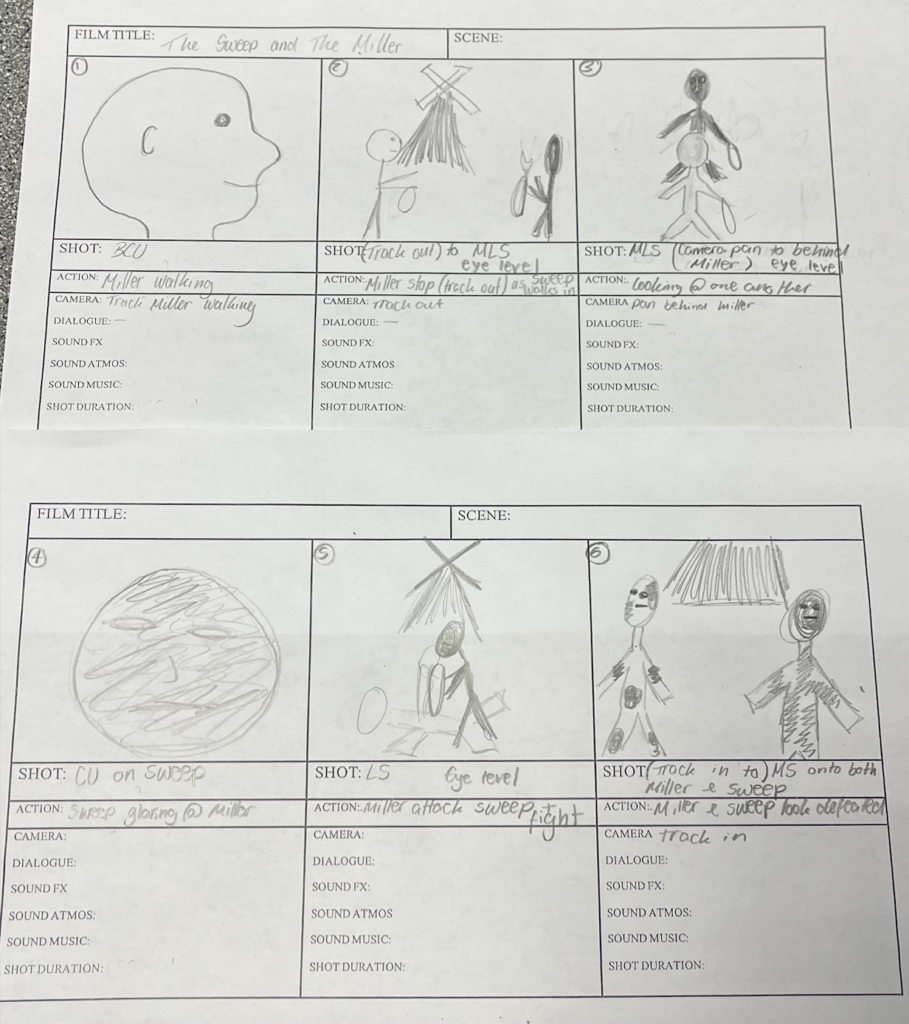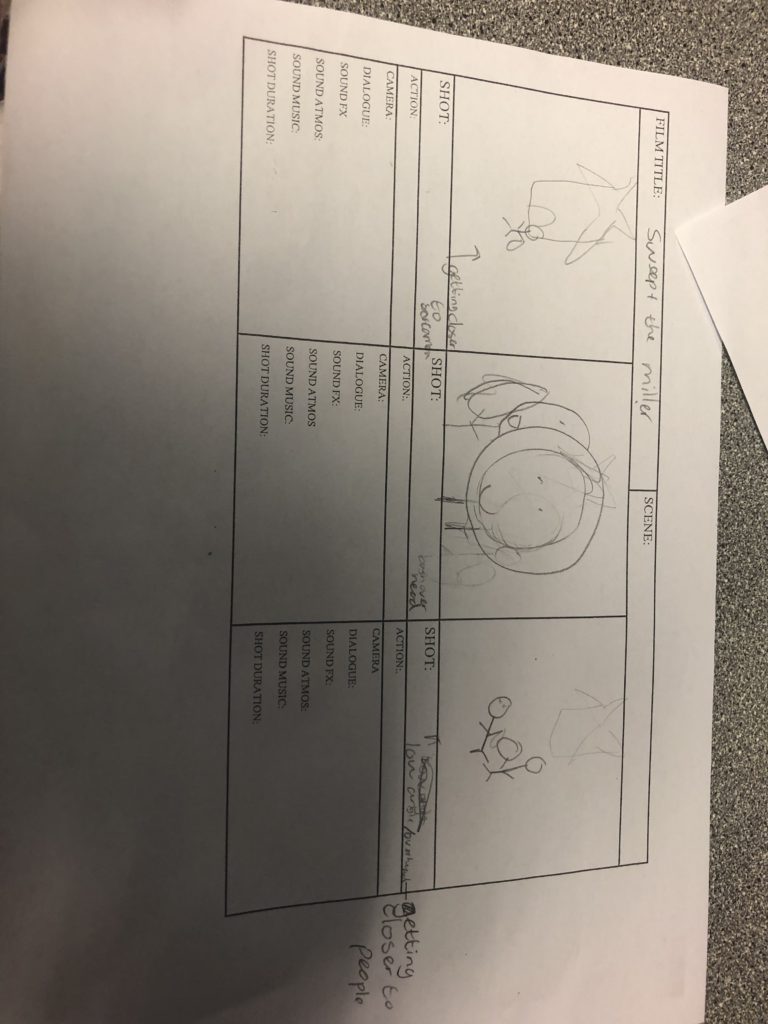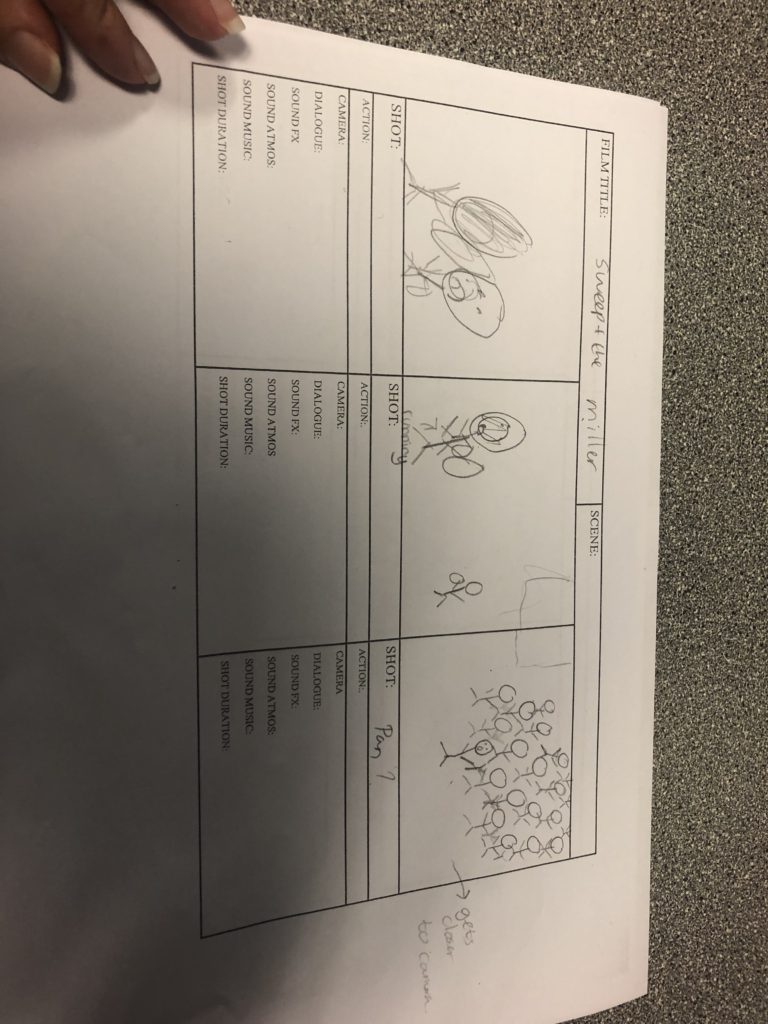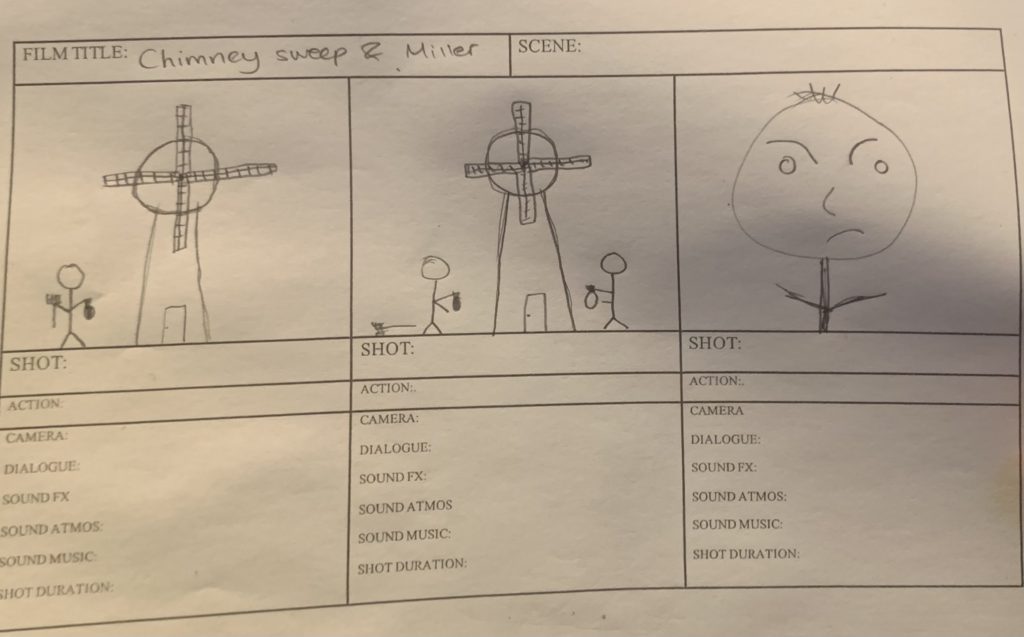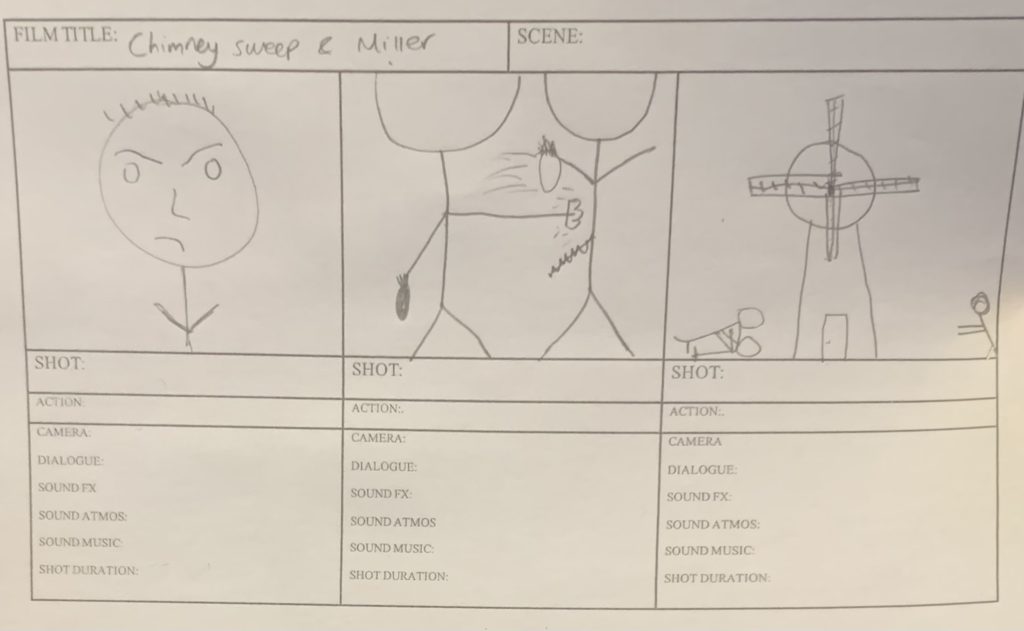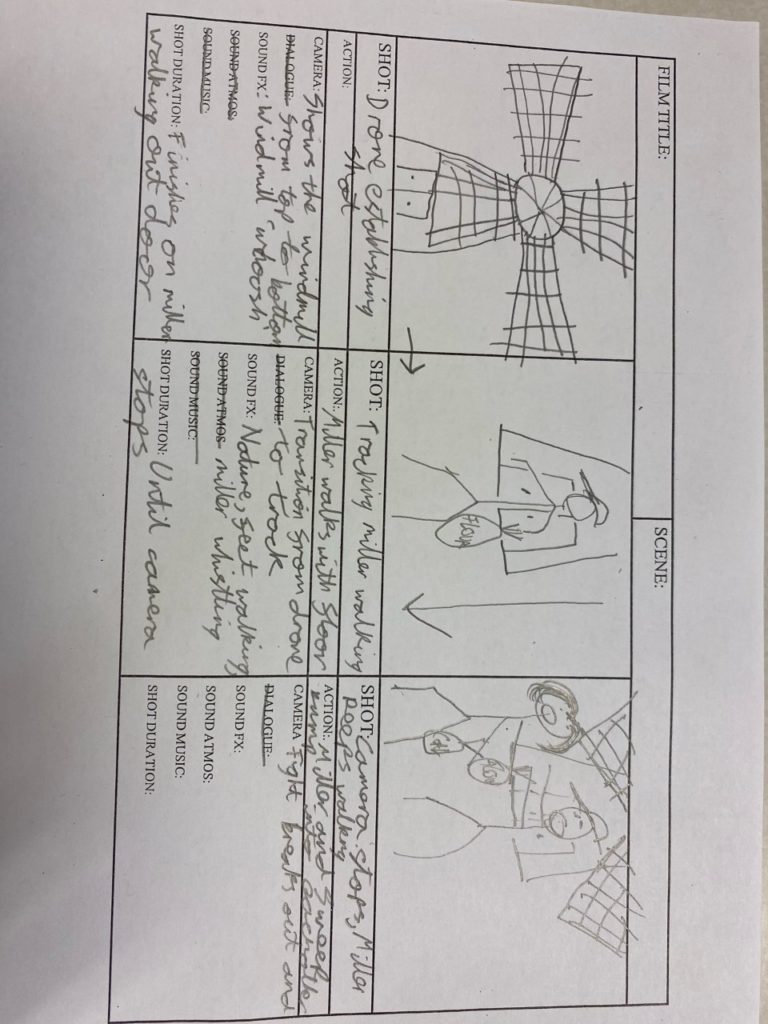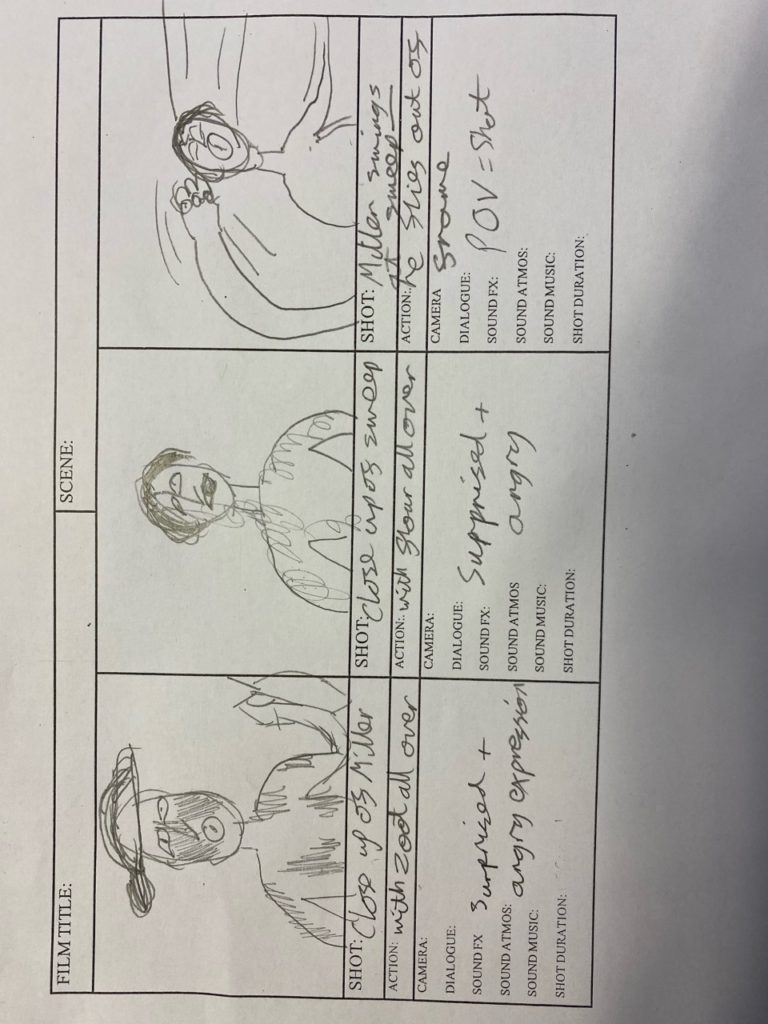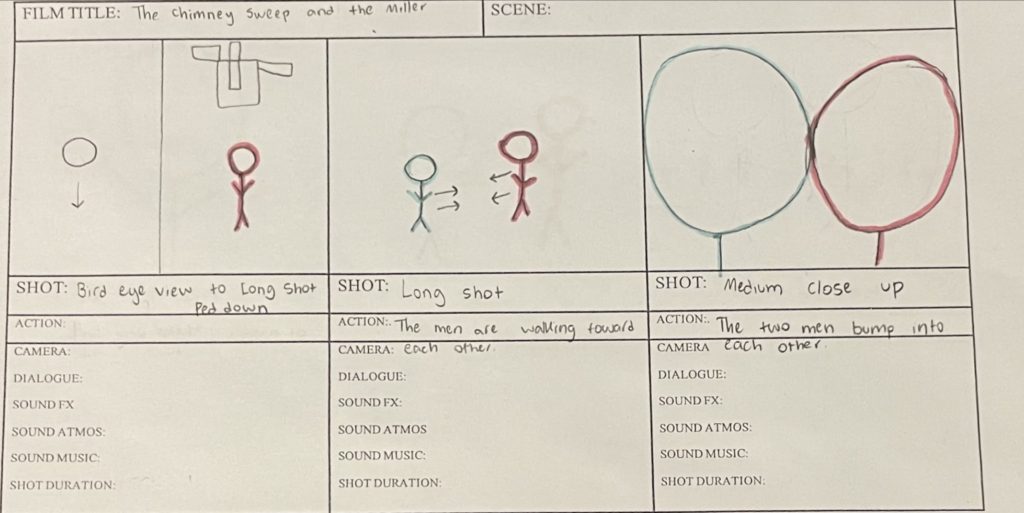
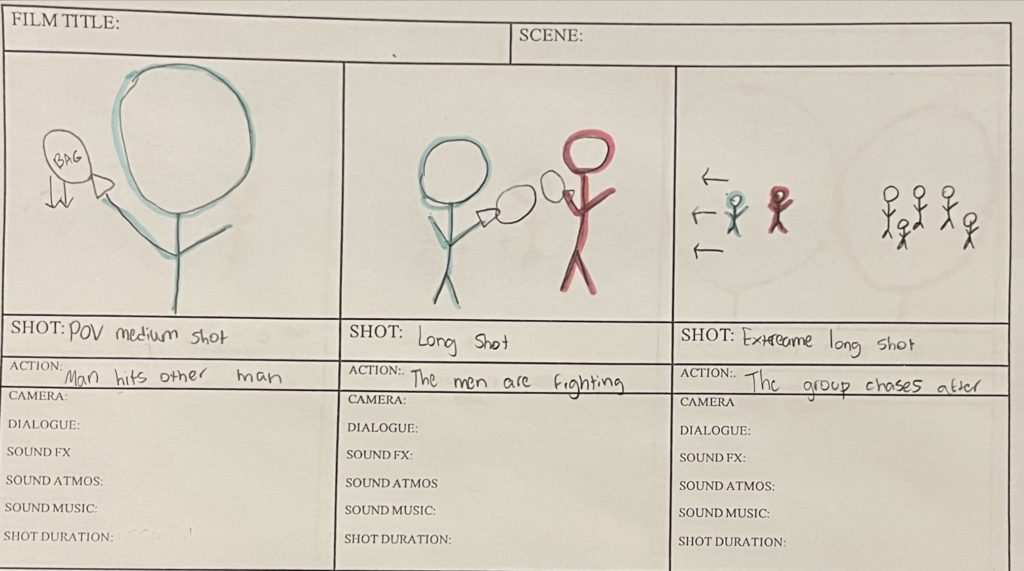


DEEP FOCUS:
Deep focus shots can offer more information to the viewer. This allows the viewer’s eyes to explore the scene at their own pace and allows dynamic action to play out in many places.

SHALLOW FOCUS:
These shots are used for many reasons. Some include creating a romantic effect, isolating a subject, guiding the audience’s attention, and suggesting a character’s emotional state. However, this is mainly used to direct the audience’s attention and ensure they are paying attention to what is important in the scene.

RACK FOCUS:
A rack focus is used to reveal elements in a shot or create a connection between them. However, they are most commonly known for directing the viewers attention from one object or person to another without cutting the shot.

DOLLY ZOOM:
This shot creates the vertigo effect. It is used to portray either internal or external conflict in the scene. It can also be used to highlight a growing relationship between two characters.
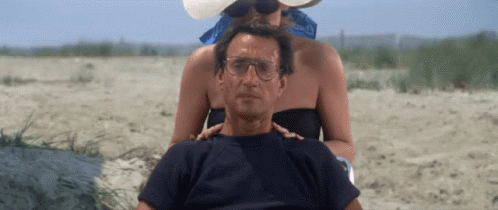
PAN:
The pan is commonly used to follow a character’s actions or reveal information, which is frequently used in The Budapest Hotel. A slow pan builds anticipation, while a fast pan heightens the shot’s energy (whip pan).

TRACKING:
A tracking shot moves with the character. This shot is most commonly used to follow a character walking or running. This technique can immerse an audience into the scene. They can also be used to create tension.

BIRDS EYE VIEW:
The bird’s eye view angle is used in film to showcase complex movement and show details of the mise-en-scene elements. This can also be used to disconnect the character from the rest.
Some directors also use this angle to bring awareness that someone is watching over the events making the viewers question the morality of what is taking place.
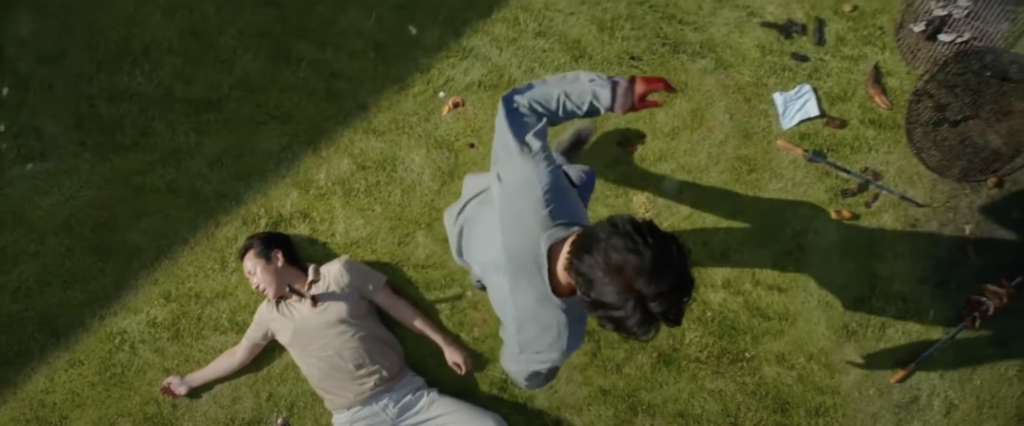
WORMS EYE VIEW:
Worm’s eye view shots are typically used to make a character look more powerful. This is because the audience and weaker characters have to look up, putting themselves in a submissive position.

HIGH ANGLE:
High-angle shots are typically used to diminish a character making them appear weak or vulnerable since the audience and other characters look down on them.
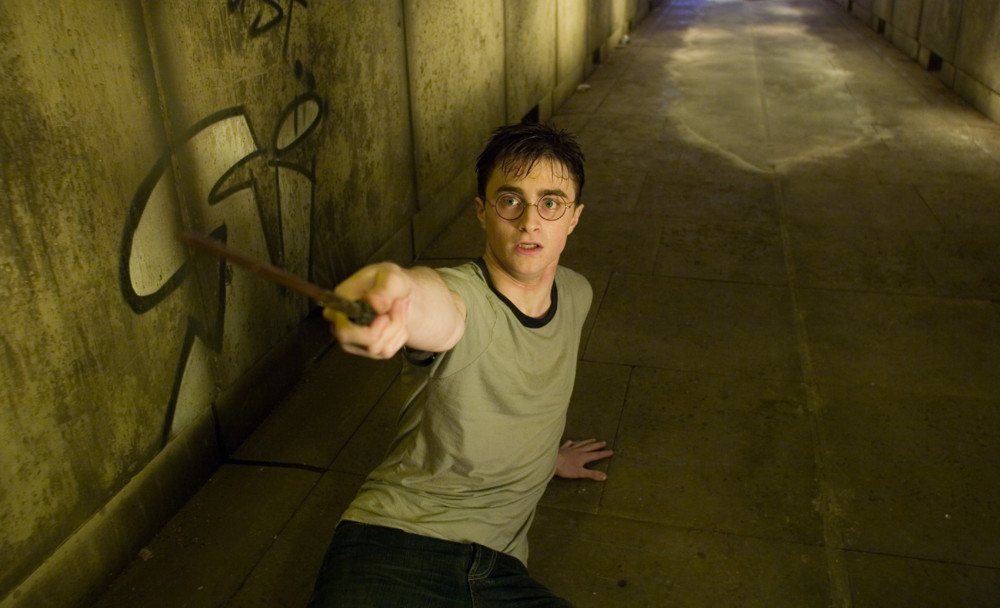
CU in The Royal Tenenbaums

This CU gives the audience insight into Richie’s live, encapsulating his depression and deterioration of his mental state. The CU with the simplistic/bare background focus and force the audiences attention onto Richie whilst making them feel uncomfortable and uneasy with anticipation.
XLS in Forrest Gump
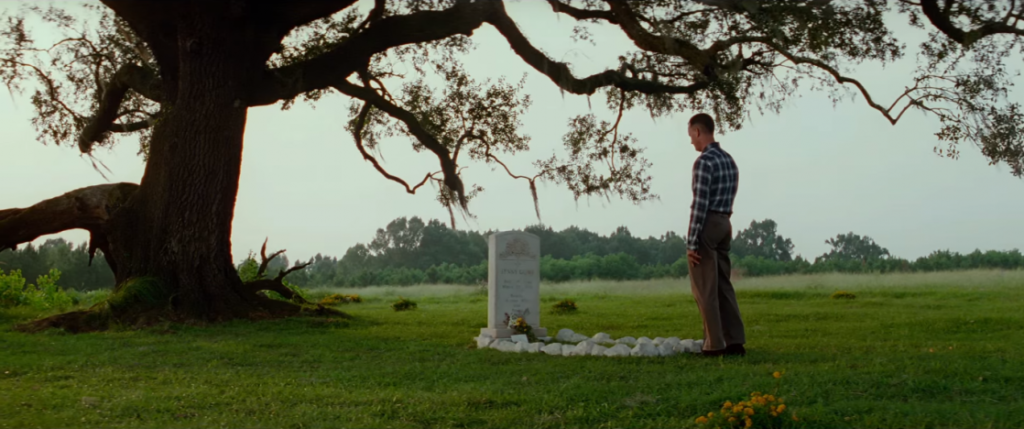
This long shot highlights the depth of Forrest’s loss and his grief as it reveals and establishes the setting/grave. It also distances the audience away from Forrest making it harder for them to connect with him in this moment and leading them to feel sympathy for him and sadness with him.
MS in The Titanic

This MS gives the audience insight into Jack and Rose’s relationship presenting it as magical whilst also capturing the tenderness of young love. The MS allows this to be naturally interpreted as it shows the characters together within the beautiful setting.
